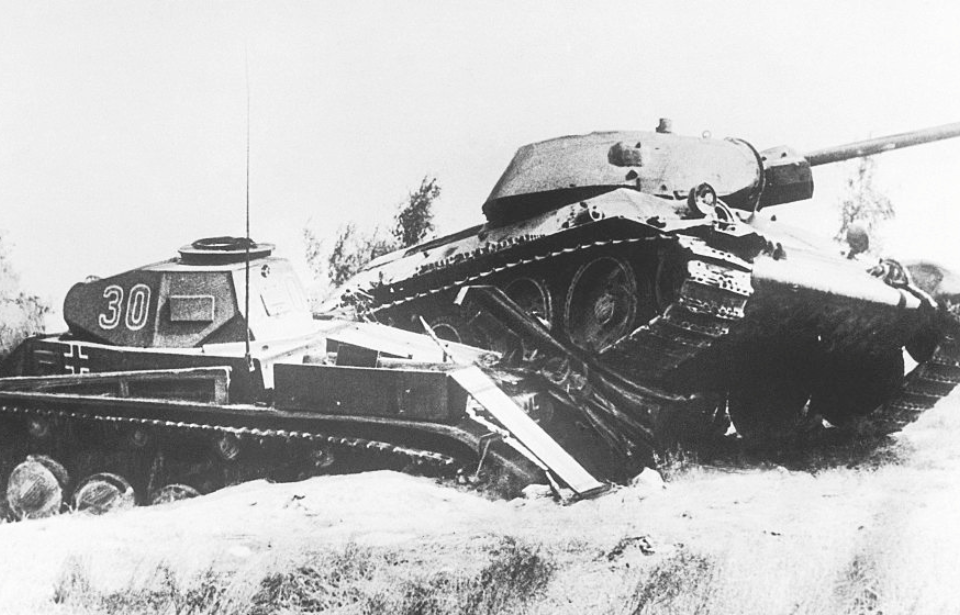Tanks are undoubtedly some of the most powerful military vehicles ever produced, and they made a world of difference to those fighting in the Second World War. From their use of artillery, to traversing obstacles and demolishing other vehicles, tanks have continued to play a large role in conflict.
During World War II, the Russian Red Army used tanks in their fight against the Germans, adopting a unique and dangerous tactic in an attempt to help them get the upper hand.
An “accidental” ramming incident occurred in 1936
Tank battles between the Russian and German forces during World War II are among the most legendary, as they forced both sides to think up new ways to inflict maximum damage on the other. The Red Army accomplished this with tank ramming.
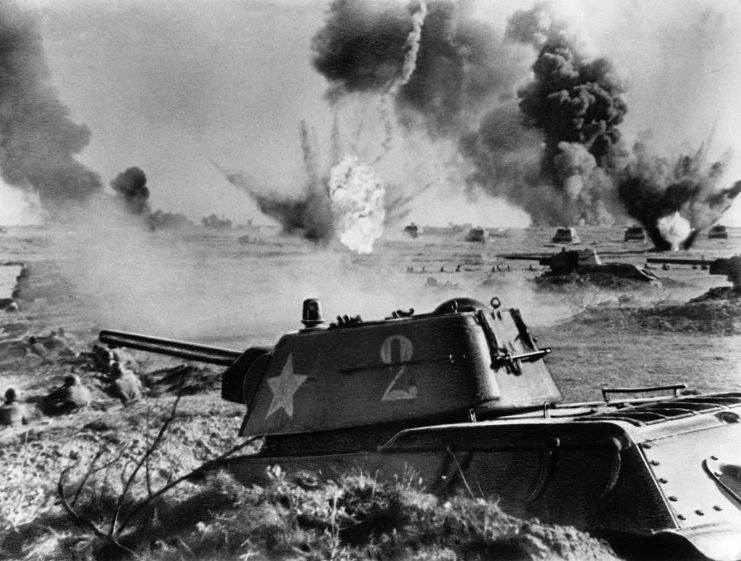
If you can imagine a tank battle mixed with bumper cars, then you can probably assume the reckless danger of tank ramming. Not only does it put the enemy at risk, but also the crew of the attacking tank. The tactic was adopted prior to WWII, with Russian soldiers ramming enemy tanks while engaged in the Spanish Civil War. Joseph Stalin had sent tanks, aircraft, troops and artillery to support the Republicans in Spain.
At one point, while being pursued by an Italian Carro Veloce (CV) 33 tankette, Russian tank commander Capt. Pol Arman realized his tank’s gun had become jammed. Lt. Semyon Osadchy, who was nearby, saw his commander was in trouble and rammed his T-26 light tank into the hull of the CV 33 at full speed. The impact forced the tankette into a ravine, where it exploded.
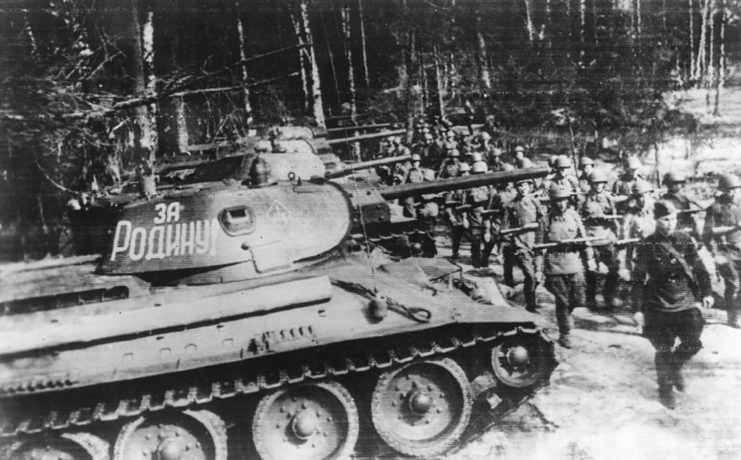
The successful first attempt at tank ramming must have impacted Soviet strategy, as it returned to the battlefield during WWII. While some reports state that German and Allied tanks also rammed enemy vehicles, the Red Army did so over 700 times! Russian troops were trained on how to best ram other ranks, despite the fact the tactic could pose just as much danger to them as it did the enemy.
Tank ramming and the Battle of Kursk
The Germans were unaware of Russia’s new T-34 and Kliment Voroshilov (KV) tanks, which arrived on the scene at the start of the conflict. Standard German anti-tank weapons proved to be no match for these new vehicles, triggering the development of tanks designed to take on T-34s, among other reasons: the Tiger and Panther tanks.
By early 1943, Germany was defeated by the Soviets during the Battle of Stalingrad. In a last-ditch effort to gain control of the Eastern Front, the German Army launched Operation Citadel, initiating the Battle of Kursk. The fighting witnessed between the Germans and the Red Army during this time was one of the greatest tank battles of the Second World War.
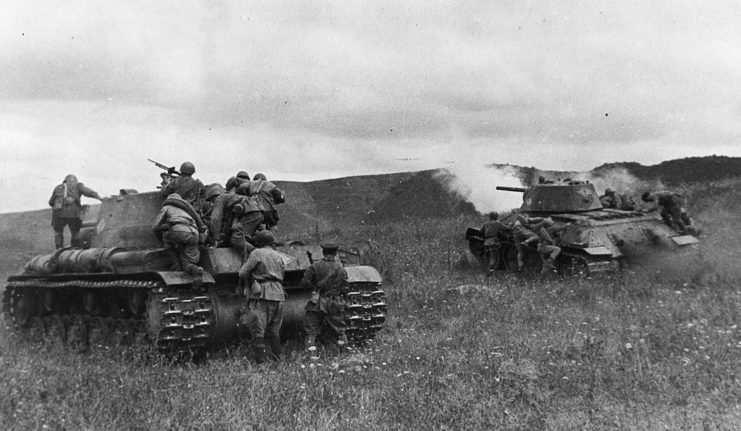
During the battle, Russian tanks performed 50 ram maneuvers on lighter German vehicles, such as the Panzer III and IV. Prior to the Battle of Kursk, Russian tanks had targeted and rammed 300 grounded German aircraft during the Battle of Stalingrad.
Tanks versus trains
Other instances of tank ramming included an attack on an armored German train traveling through Byelorussia. Out of nowhere, a T-34 traversed the battlefield and rammed into the train, sending three cars filled with German soldiers flying off the tracks.
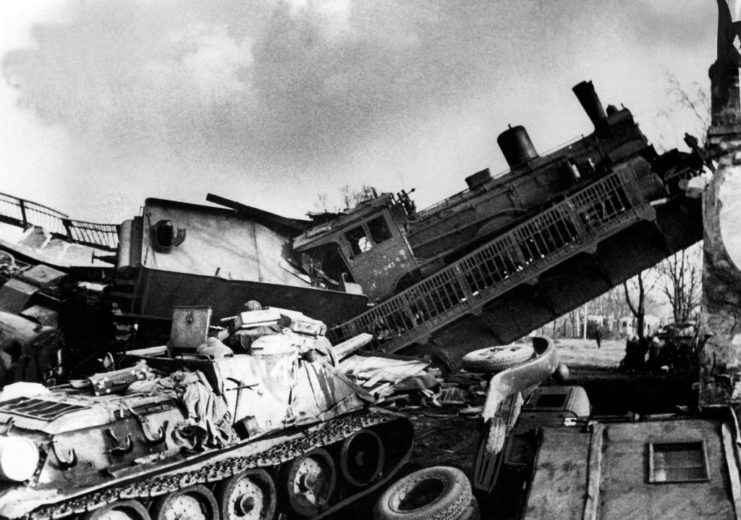
More from us: T-72: The Soviet-Era Tank That Continues to Serve the Russian Armed Forces
The tactic not only successfully eliminated a large target, but also distracted German defenses long enough for other Russian tanks to attack. Unfortunately, while the attack was successful, it resulted in the death of the T-34’s crew, who perished upon impact with the train.
